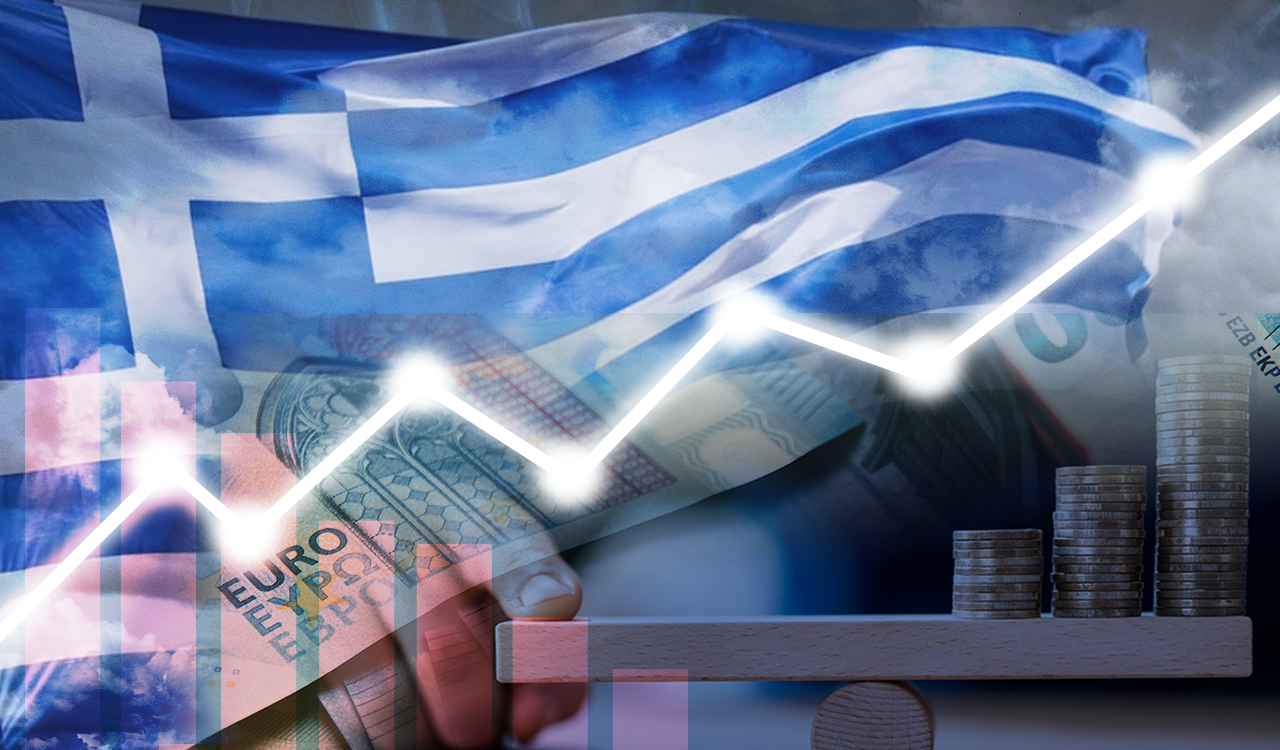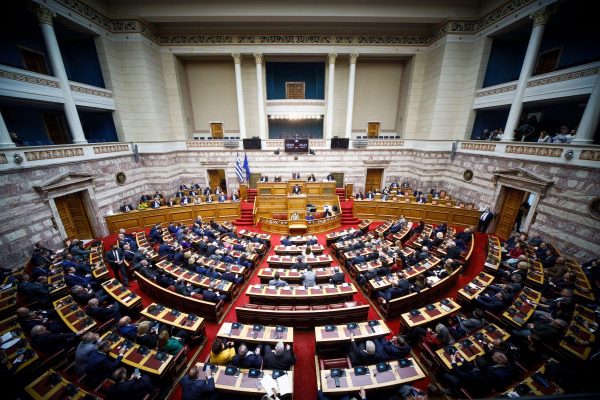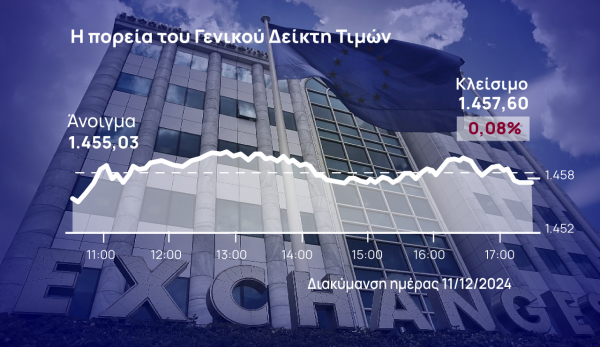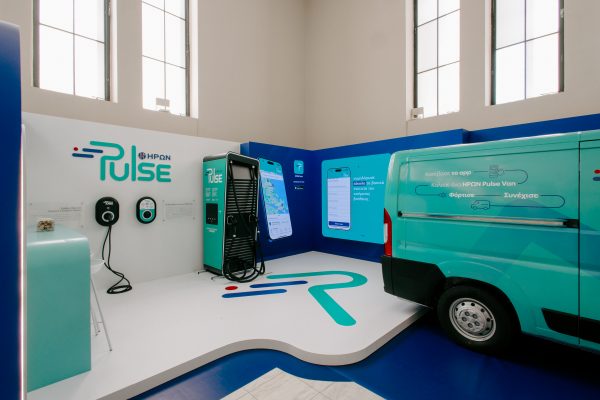
The Greek economy is slowing down while inflationary pressures are gradually easing, although they remain high. In 2022 as a whole, average annual inflation was recorded at 9.6%, the highest rate since 1994.
Attica Bank reports this in its monthly economic bulletin, adding that despite average inflation in the Eurozone running slightly higher, structural inflation in Greece remains high, partially highlighting the resilience of demand and the need to further boost production and of competition in product and service markets.
Positive developments
• Economic sentiment recovered further in January, mainly due to strengthening consumer confidence and expectations in industry, construction and retail trade. The trend was partially offset by worsening business expectations in services.
• The banking system shows an increase in credit expansion to the private corporate sector, an increase in deposits, but also an increase in interest rates on new loans.
• The labor market continued to improve in December, with the year-over-year decline in the unemployment rate reaching 2.5 percentage points, the largest decline since 2004.
Challenges
• A high and growing current account deficit is recorded due to the greater increase in imports compared to exports.
• Short-term indicators of activity, such as industrial production, retail trade and construction activity, continued to register fatigue during the fourth quarter of 2022.
• High volatility in energy prices causes increased uncertainty for businesses and households.
Inflationary pressures in 2022, by GDP component
In the special issue of Attica Bank’s monthly bulletin, an analysis of domestic inflationary pressures by component of GDP and investment during 2022 is presented. The inflation rate in 2022 touched a 27-year high, with significant implications for the real growth rates of all key macroeconomic sizes.
Escalation of so-called “imported” inflation, due mainly to high prices of energy goods, with the deflation rates of imports and exports significantly exceeding the corresponding rates of consumption and fixed capital investment.
In the 3rd quarter of 2022, the deflation index of domestic exports showed an annual change of 36%, imports of 27%, consumption of 8% and fixed capital investment of 6%.
A divergence between the deflation indicators of the main components of GDP is also observed in the Eurozone, with deflators being however lower than their domestic counterparts in all components of GDP, with the exception of fixed capital investment.
On the production side, the industrial sector appears to be contributing the most to inflationary pressure from the end of 2021, however, the primary sector and services “trade, tourism, catering” also make a significant contribution.
In the sectors of fixed capital investment, investment in “Housing and construction” registers systematic price escalation during 2021-2022. Commodity price pressures are expected to ease, according to indications from agricultural markets.
Latest News

Capital Link Forum Highlights Greece’s Economic Resurgence; Honors BoG Gov Stournaras
Capital Link Hellenic Leadership Award recipient, Bank of Greece Gov. Yannis Stournaras, an ex-FinMin, was lauded for his pivotal role during Greece’s economic recovery

Tourist Spending in Greece Up by 14%, Visa Card Analysis Shows
Greece’s capital Athens emerged as the most popular destination, recording a 17% increase in transactions with Visa cards, surpassing even the cosmopolitan island of Mykonos.

Inflation in Greece Unchanged at 2.4% in Nov. 2024
The general consumer price index (CPI) posted a 0.4% decrease in November compared to the previous month

2024 Christmas Holidays: Extended Shop Hours Schedule
The 2024 Christmas Holidays extended shop hours schedule commences on Thursday, December 12 and runs until the end of the year.

ELSTAT: Seasonally Adjusted Unemployment Down in October
The number of employed individuals reached 4,284,694, an increase of 67,723 compared to October 2023 (+1.6%) and 22,002 compared to September 2024 (+0.5%).

Greek PM’s Chief Economic Adviser Resigns
In the post on his Facebook page, Patelis did not disclose the reasons that led him to step down.

“Masdar Invests in the people of Greece and in the vision of TERNA ENERGY”
Four messages from the CEO of Masdar, the Arab renewable energy giant, after its acquisition of 70% of TERNA ENERGY

Lloyd’s List Greek Shipping Awards 2024: Honors for leading companies and personalities in the Greek shipping sector
20 awards presented at the 21st annual Lloyd's List Greek Shipping Awards

Syria’s Bashar al-Assad, His family Granted Asylum by Russia
Reuters also reported that a deal has been struck to ensure the safety of Russian military bases in the war-ravaged country

Greece to Introduce Artificial Intelligence into Its Education System
Currently, Greece is taking its first steps to bring AI into classrooms through the AI4edu program, which is being co-funded by the European Union

















![Χειμερινή εξοχική κατοικία: Οι Ελληνες γυρνούν την πλάτη παρά την πτώση των τιμών [γραφήματα]](https://www.ot.gr/wp-content/uploads/2024/12/Capture-19-90x90.jpg)























 Αριθμός Πιστοποίησης Μ.Η.Τ.232433
Αριθμός Πιστοποίησης Μ.Η.Τ.232433